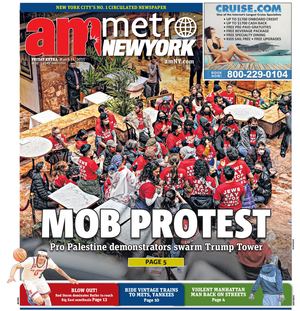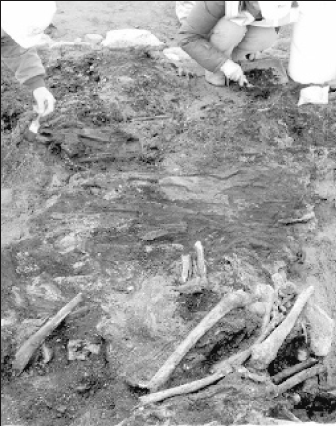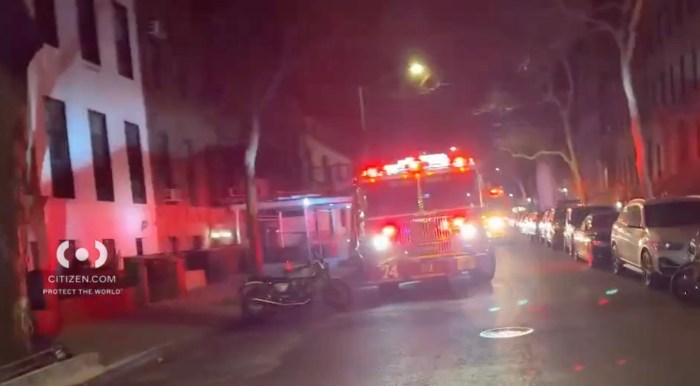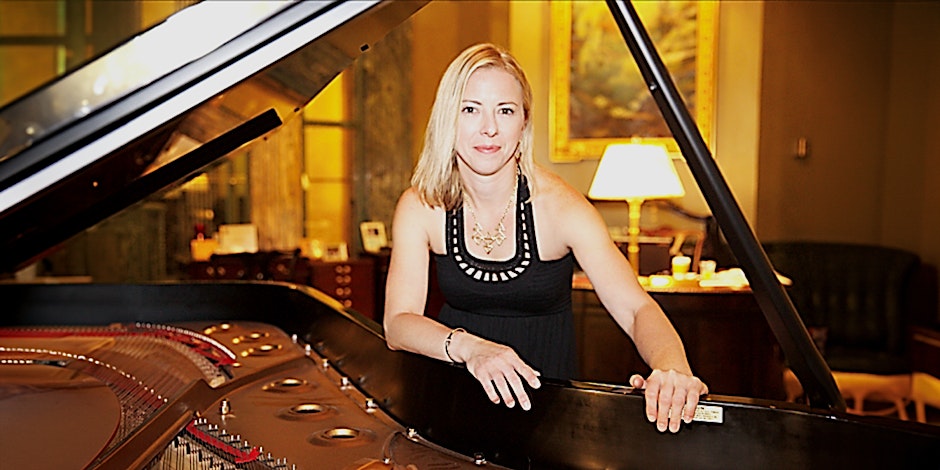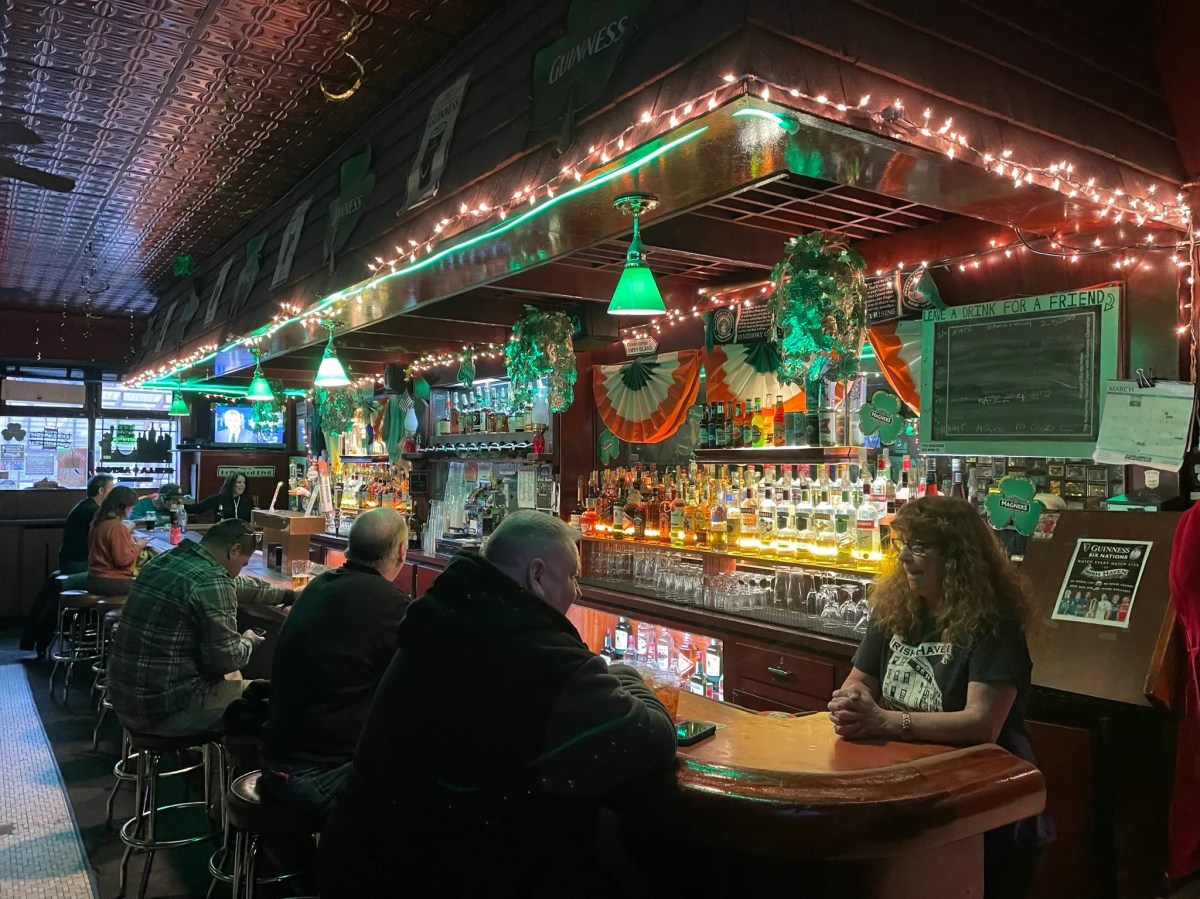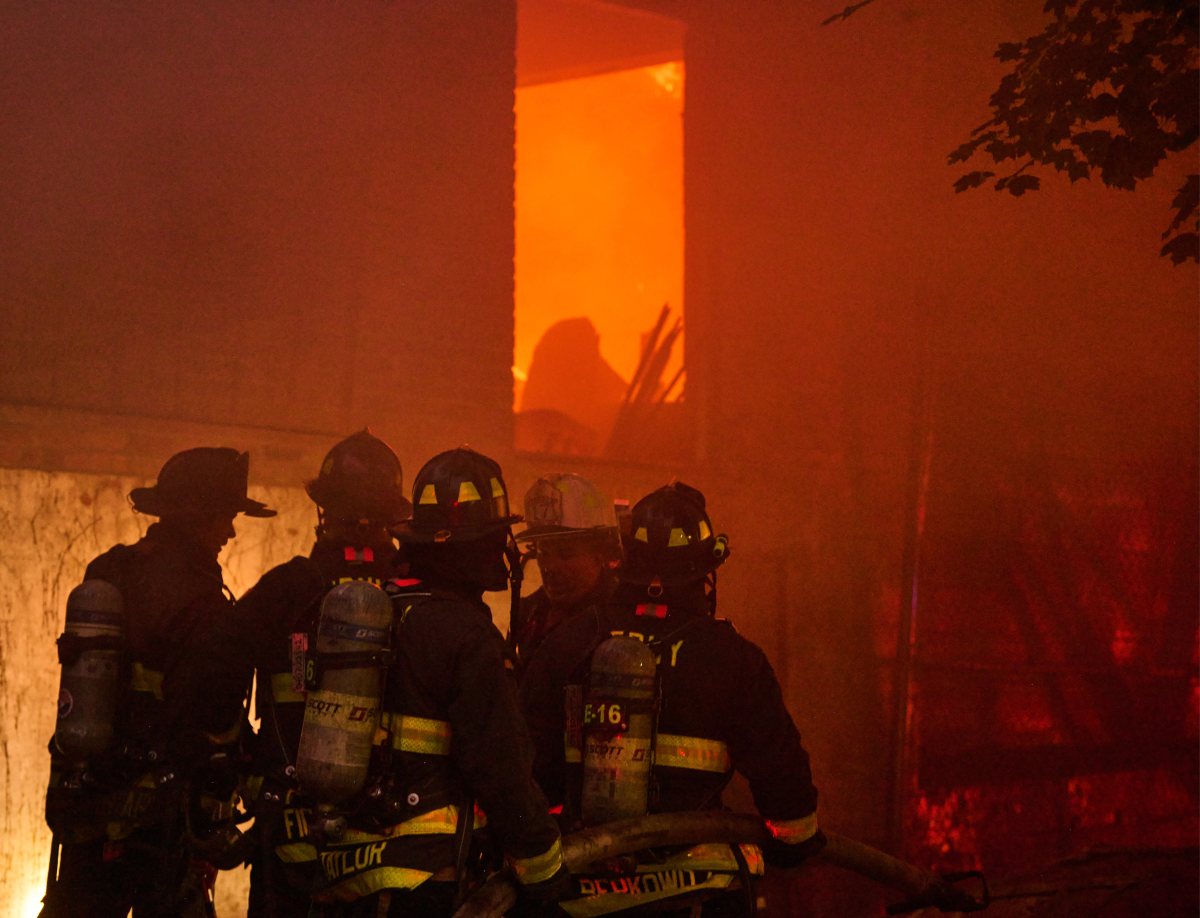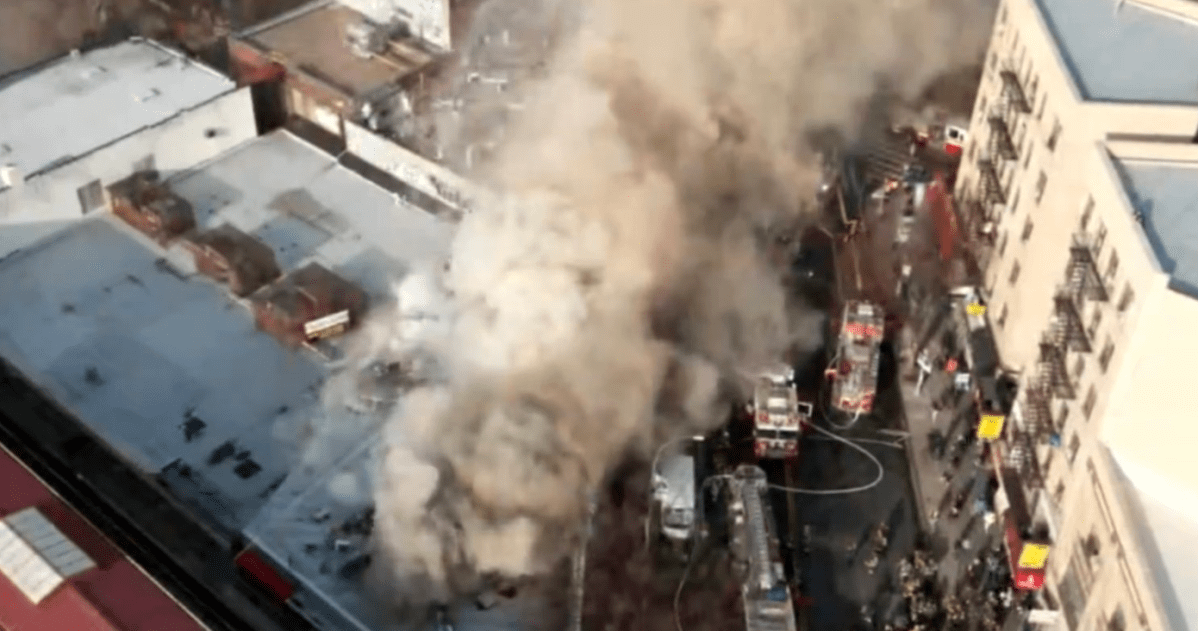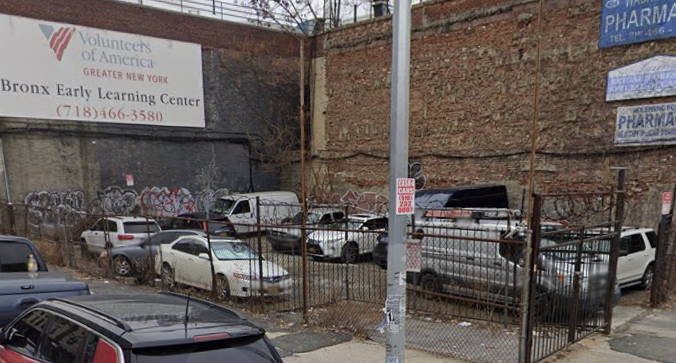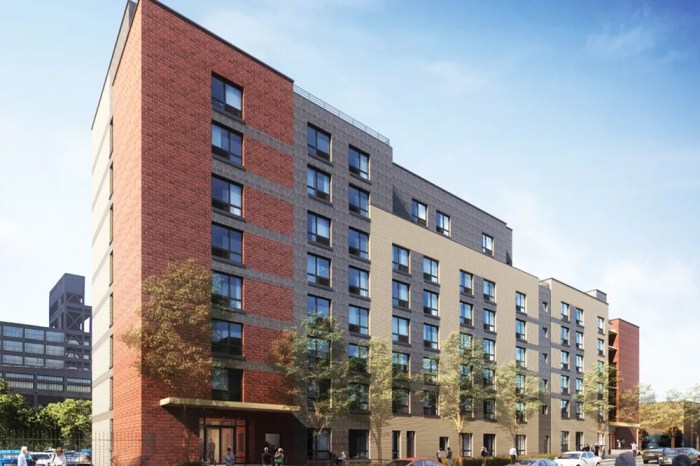By Lincoln Anderson
The archaeologist hired by Donald Trump and his project partners Bayrock/Sapir to handle the human remains found at the site of their planned condo-hotel at Spring and Varick Sts. recently filed a report with the city, and the findings shed new light on the ancient bones.
According to the report, the human remains appear to be from burial vaults built between 1820 and 1835 under the former Spring Street Presbyterian Church, which was razed in 1963 after a fire. The remains include those of at least two children. A large number of remains have been found, but the archaeologist team does not believe they have found all of them.
The congregants of the church in the early 19th century who were interred in the vaults were not well off. The church admitted African-Americans to full communion as church members and had a multiracial Sunday school as early as 1822 — five years before New York abolished slavery — both of which are quite rare. According to the report, “The church’s fierce abolitionism was known almost from its inception.… Both the church’s reverend, Henry Ludlow, who was surrounded by rumors that he had conducted interracial marriage ceremonies, and former reverend, Samuel Cox, who had seceded from the church in 1825 to found the Laight Street Church, preached racial tolerance to their congregation, with Cox declaring that Jesus Christ was ‘probably of a dark Syrian hue.’ Both churches, as well as the private homes of both reverends, were then attacked by anti-abolitionist mobs. At the Spring Street Church, the rioters entered the church through smashed windows, took the remnants of the organ, pews and galleries that they had destroyed and used them to create a barricade outside against the approaching National Guard, who had been called out to control the crowd.”
Andrew Berman, director of the Greenwich Village Society for Historic Preservation, said some of the findings are “fascinating.” He charged that the developers, in fact, disturbed some of the remains, though the developers deny it. Had the project gone through the city’s uniform land use review procedure, the vaults would have been discovered earlier, Berman said.
“I think the history of the site and the fact that there are burial vaults on site are just two more clear reasons why this project should not be allowed to move ahead,” he said.
The developers only have a permit to excavate and build the foundation, which they expect to finish by May. On Jan. 11, the city rejected their revised application for a permit for the 42-story building, according to Kate Lindquist, Department of Buildings spokesperson. Lindquist said the permit was likely denied for building code or zoning violations. D.O.B. has now rejected the permit for the project three times.
The archaeologist has also done outreach to the descendant community of those buried at the site and set up site visits for Presbyterian Church officials.
